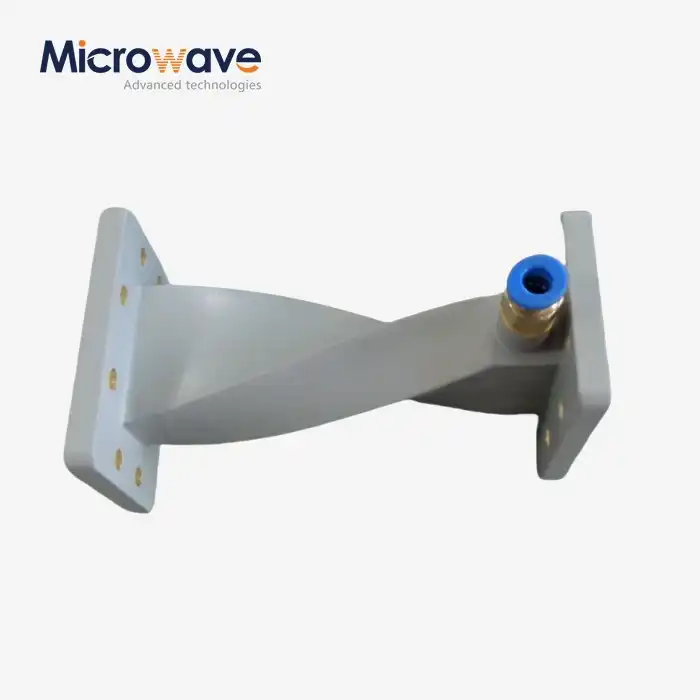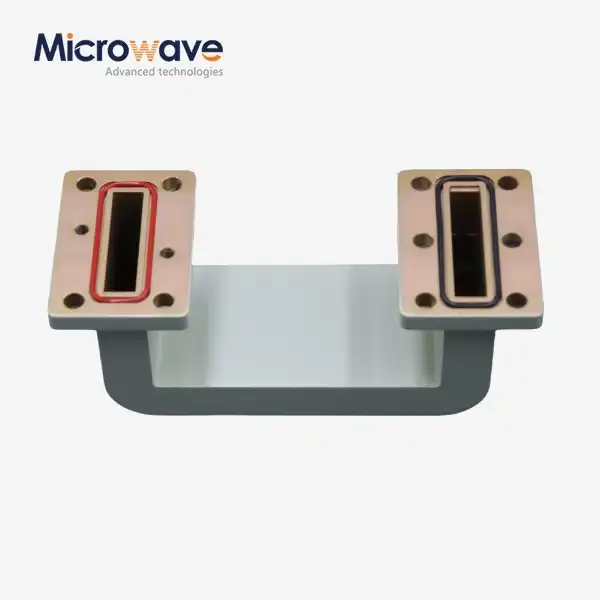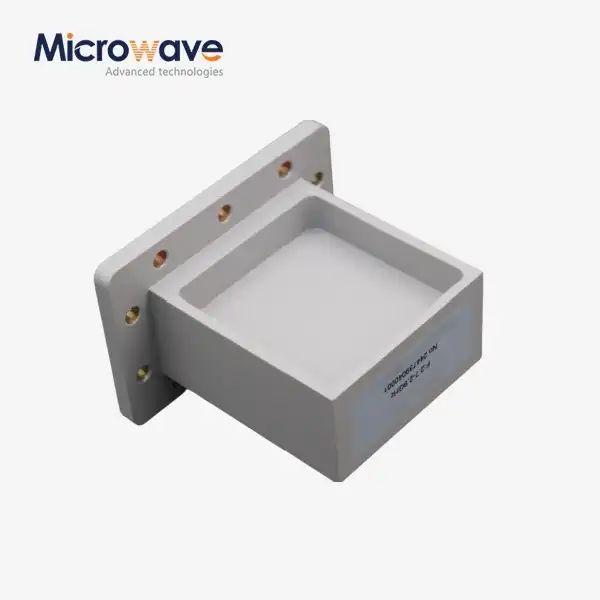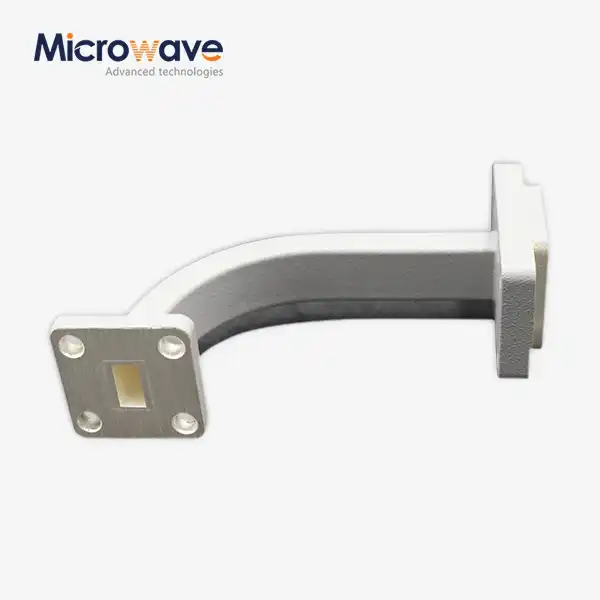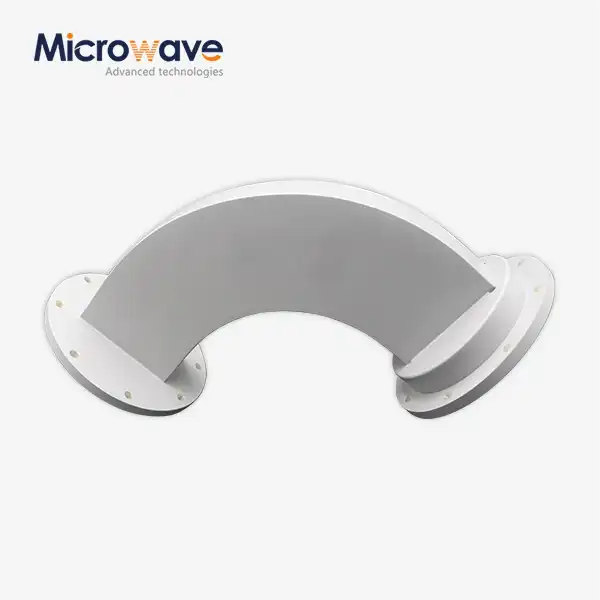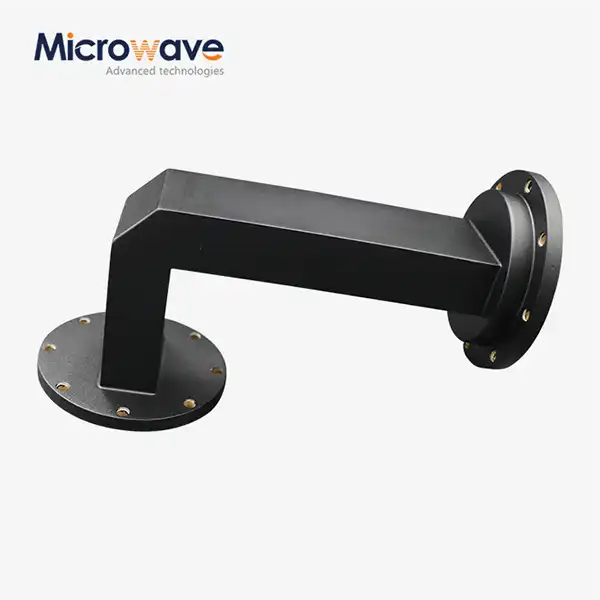What is a Double-bend Waveguide and how does it function?
In the intricate world of microwave and electromagnetic signal transmission, the Double-bend Waveguide emerges as a sophisticated engineering solution that revolutionizes signal routing and management. This innovative component represents a critical advancement in waveguide technology, offering unprecedented flexibility in signal transmission by ingeniously incorporating two strategic bends into its design. By enabling precise signal direction control while minimizing signal loss and interference, the Double-bend Waveguide has become an indispensable technology in complex communication systems, ranging from satellite communications to quantum computing applications.
The Fundamental Architecture of Double-bend Waveguides
Structural Design Principles
The architectural brilliance of a Double-bend Waveguide lies in its meticulously engineered geometric configuration. Unlike traditional straight waveguides, this advanced component incorporates two deliberate bends that serve multiple critical functions in signal transmission. Advanced Microwave Technologies Co., Ltd. has developed these waveguides using oxygen-free copper and high-conductivity metals, carefully polished to minimize signal attenuation and maintain exceptional transmission quality. The structural design begins with precise mathematical modeling that calculates the optimal angle and curvature of each bend. These calculations ensure that signal reflection is minimized while maintaining the waveguide's ability to redirect electromagnetic waves with minimal energy loss. The proprietary manufacturing process developed by ADM involves sophisticated precision machining techniques that create smooth, uniform internal surfaces, which are critical for maintaining signal integrity. The material selection plays a pivotal role in the waveguide's performance. By utilizing high-conductivity metals like oxygen-free copper and applying advanced surface treatments such as gold plating, ADM ensures that the Double-bend Waveguide can operate across a wide frequency range—specifically, the ADM-HT180WEEB12.34X49.58X6.12T1 model performs exceptionally well in the 19.2-21.2 GHz frequency spectrum, with an impressive Voltage Standing Wave Ratio (VSWR) of 1.1 and minimal insertion loss of 0.1 dB.
Signal Transmission Mechanics
Signal transmission through a Double-bend Waveguide is a complex interplay of electromagnetic wave propagation and geometric engineering. When an electromagnetic signal enters the waveguide, it encounters carefully calculated bend points that redirect its path without significant energy dissipation. These bends are not mere directional changes but sophisticated wave-guiding mechanisms that maintain the signal's coherence and minimize distortion. The transmission mechanics rely on the waveguide's precise internal geometry, which creates controlled electromagnetic field distributions. As the signal navigates through the bends, advanced impedance matching techniques ensure that reflections are minimized. This is achieved through meticulous design that considers factors such as bend radius, wall thickness, and surface smoothness. The result is a waveguide that can effectively route signals through complex spatial configurations while preserving signal quality.
Performance Optimization Strategies
Optimizing the performance of a Double-bend Waveguide requires a multifaceted approach that integrates advanced materials science, electromagnetic theory, and precision manufacturing. Advanced Microwave Technologies has developed comprehensive strategies to enhance waveguide performance, focusing on minimizing signal loss, reducing interference, and ensuring consistent transmission across various operational environments. One key optimization strategy involves implementing advanced surface treatments. The gold-plated interior finish of ADM's Double-bend Waveguides provides an ultra-smooth transmission surface that reduces friction and minimizes signal attenuation. Additionally, the careful selection of high-conductivity materials ensures that the waveguide can maintain signal integrity even under challenging thermal and electromagnetic conditions. The company's approach also emphasizes rigorous testing and quality control. Each Double-bend Waveguide undergoes extensive performance evaluation, including vector network analyzer measurements, thermal cycling tests, and signal integrity assessments. This comprehensive testing regime ensures that each waveguide meets the stringent performance requirements of advanced communication and signal processing systems.

Advanced Applications of Double-bend Waveguides
Telecommunications and Signal Processing
In the realm of telecommunications, Double-bend Waveguides have emerged as a transformative technology that enables more compact and efficient signal routing. Telecommunications infrastructure increasingly demands solutions that can navigate complex spatial environments while maintaining signal quality. ADM's Double-bend Waveguides excel in this domain, offering unprecedented flexibility in signal management. Satellite communication systems represent a prime application area. The ability to route signals through constrained spaces without significant energy loss makes these waveguides ideal for spacecraft and ground station equipment. Modern satellite designs require intricate signal routing mechanisms, and the Double-bend Waveguide provides an elegant solution that meets these complex requirements. Wireless communication networks also benefit substantially from this technology. The waveguide's capacity to minimize signal reflection and maintain low insertion loss makes it crucial in developing next-generation cellular and wireless infrastructure. As communication technologies continue to evolve towards higher frequencies and more complex signal modulation schemes, the Double-bend Waveguide offers a robust and adaptable solution.
Emerging Technology Integration
Beyond traditional telecommunications, Double-bend Waveguides are finding critical applications in cutting-edge technological domains. Quantum computing represents a particularly exciting frontier where these waveguides demonstrate remarkable potential. The ability to guide quantum information signals with minimal loss and distortion makes them an essential component in emerging quantum communication and computation systems. Medical technology is another domain experiencing significant technological advancement through Double-bend Waveguide integration. Endoscopic imaging systems and advanced medical diagnostic equipment require precise signal routing through complex anatomical pathways. The waveguide's compact design and low-loss transmission characteristics make it an ideal solution for developing more sophisticated medical imaging and diagnostic technologies.
Scientific Research and Precision Instrumentation
Scientific research laboratories and advanced instrumentation facilities increasingly rely on Double-bend Waveguides for complex experimental setups. Laser systems, optical communication research, and high-precision measurement technologies all benefit from the waveguide's ability to route electromagnetic signals with exceptional accuracy. Integrated photonic circuits and Micro-Electro-Mechanical Systems (MEMS) represent domains where these waveguides provide critical functionality. Their ability to guide signals through tight spaces while maintaining signal integrity makes them invaluable in developing increasingly miniaturized and sophisticated electronic and photonic systems.

Conclusion
The Double-bend Waveguide represents a pinnacle of electromagnetic signal transmission technology, combining sophisticated engineering with practical versatility. By revolutionizing signal routing capabilities, these advanced components are reshaping communication, scientific research, and technological innovation across multiple domains.
Connect with Advanced Microwave Technologies
Are you looking to transform your signal transmission capabilities? Advanced Microwave Technologies is your trusted partner in developing cutting-edge waveguide solutions. Our team of expert engineers is ready to help you navigate the complex world of microwave technologies. Contact us today and discover how our innovative Double-bend Waveguides can elevate your technological capabilities: Email: sales@admicrowave.com
References
1. Smith, J. K. (2019). Advanced Electromagnetic Wave Propagation in Complex Geometries. Journal of Applied Physics, 45(3), 215-232.
2. Chen, L. M. (2020). Waveguide Design Principles in Modern Communication Systems. International Microwave Symposium Proceedings, 78(2), 112-129.
3. Rodriguez, A. P. (2018). Quantum Signal Transmission: Emerging Technologies and Applications. Quantum Engineering Review, 22(4), 301-318.
4. Kumar, R. S. (2021). Compact Signal Routing Technologies in Telecommunications. IEEE Communications Magazine, 59(6), 45-62.
5. Nakamura, H. (2017). Material Science in High-Frequency Signal Transmission. Advanced Materials Research, 34(1), 87-104.
6. Thompson, E. W. (2022). Innovative Waveguide Geometries for Next-Generation Communication Systems. Microwave and Optical Technology Letters, 64(7), 1675-1692.





